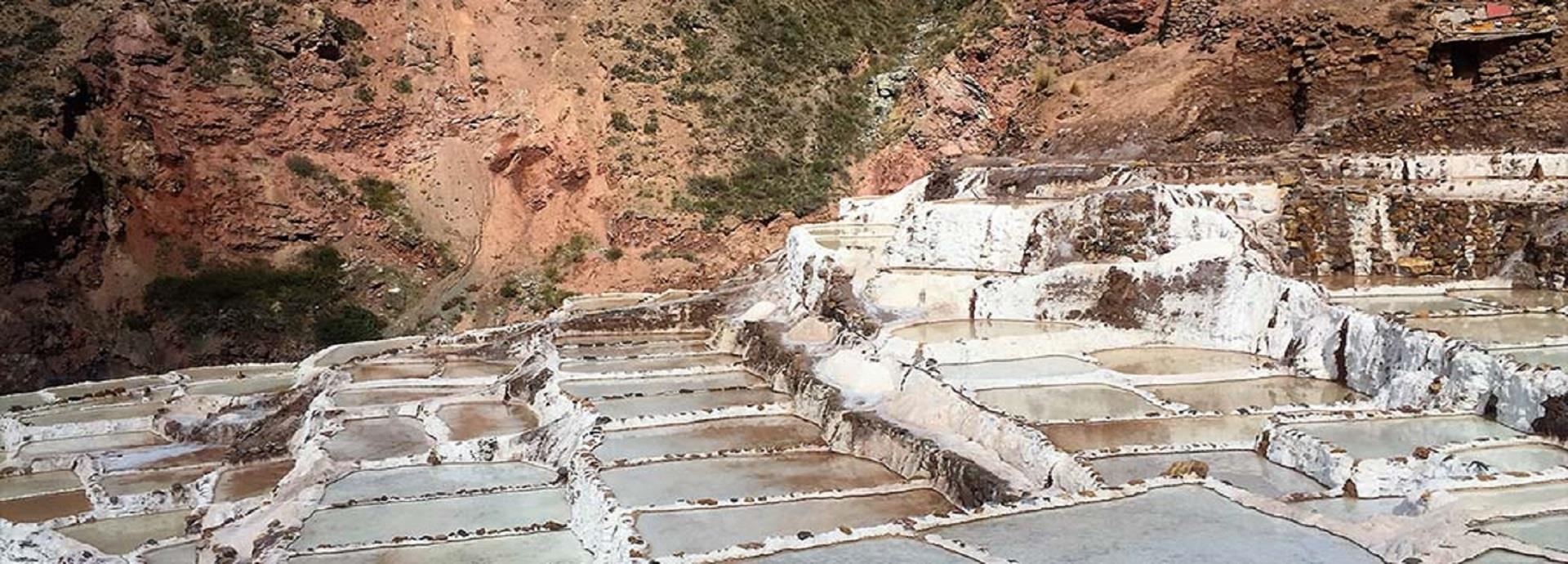

Something is happening in Latin America - home to the world’s largest reserves of copper, silver, lithium & gold. Mining-driven economies like Chile, Peru & Colombia are spearheading the transition to renewables. We find out why.
The last story of our four-part series on mining industry’s energy problem takes us to Latin America.
Mining is not just any ordinary industry in Chile - it’s a matter of national pride and sentiment. The mining sector is the highest contributor to revenues of the state. It directly and indirectly employs more than eight percent of the country’s workforce, contributes to nearly 15% of its GDP and represents nearly 60% of its export revenue.
The copper mining industry is responsible for a substantial part of this. Chile is the world’s largest producer of copper, having seven of the 10 largest copper-producing mines in the world including the state-owned Codelco.
For many years Chile’s copper mining sector was the beneficiary of a virtuous cycle of growing copper production and rising copper prices.
But now, there seems to be a slowdown in the pace of growth. Environmental clearances and approvals on account of securing a social license to operate (SLTO) is becoming difficult. In fact, several mines in the region have been fined millions of dollars on account of non-compliance with environmental rules.
“There is global pressure to lower greenhouse gas emission and for social acceptability, a mine is pushed toward using alternative greener energy away from fossil fuels such as coals, diesel, propane and natural gas,” says Robert Francki, Global Managing Director, Energy at Hatch.
Additionally, energy prices, which represent 20% of the cost of production of copper, are soaring. The price of energy is a sensitive issue as copper mining, smelting and refining uses nearly one-third of the country’s electricity.
“The highly variable cost of fossil fuel and the increasing carbon tax in various jurisdictions globally make energy costs based on fossil fuel higher and unpredictable,” adds Francki.
According to Chile’s mining and metals investment guide 2016-17 by EY, ‘the cost of energy in Chile is one of the highest in Latin America and higher than the OECD average. In addition, access to water is an ongoing challenge in the arid north, where most of the country’s copper mines are located. To resolve the issue of water scarcity, mining companies have been building desalination plants, but the high cost of energy required to transport water up to the mine sites increases the overall mining costs. At the same time, declining grades require more water to be used in processing.’
The result of this conundrum is that mining companies have seriously started making renewables a big part of their operations.
Opportunity in adversity
Chile is not alone. The mining industries of other Latin American economies like Peru, Colombia, Mexico & Brazil have also taken to renewables for similar reasons. For instance, in 2016, Colombia identified and classified some areas as reserve protected areas where no environmental licenses for mining projects would be granted.
According to EY’s report on Top 10 business risks facing mining and metals, ‘organizations are realising that the adoption of renewables could yield social benefits, such as access to energy for local communities and general development of the solar market in the region. Aluminium and copper producers are highlighting their use of solar and hydro energy to both maintain their reputation as a “green” metal but also to obtain a premium with industrial customers wishing to reduce their carbon footprint.’
“This opens up the industry to global stakeholders, governments and institutional investors not normally exposed to the mining industry through COP21's USD 13.5 trillion commitments. This also makes the sector attractive to investment through the UN Sustainable Development Goals (SDGs) and other vehicles for scaling responsible investment,” explains Joseph Kirschke, Senior Consultant, Energy Shift.
There is no doubt clean energy could be the winning card for miners across Latin America going forward. But renewables can be intermittent in nature. So miners will have to look at having an optimal mix of thermal and renewable energy backed with battery storage to increase productivity and competitiveness.
Did you like this? Subscribe to Insights updates!
Once every six weeks, you will get the top picks – the latest and the greatest pieces – from this Insights channel by email.
